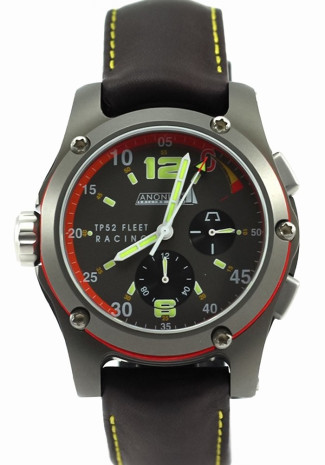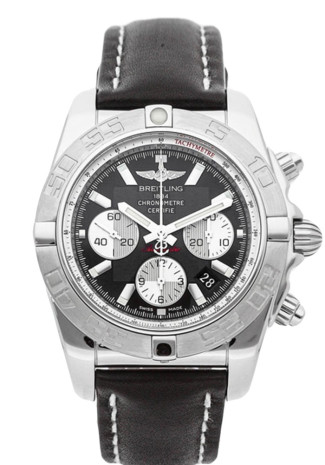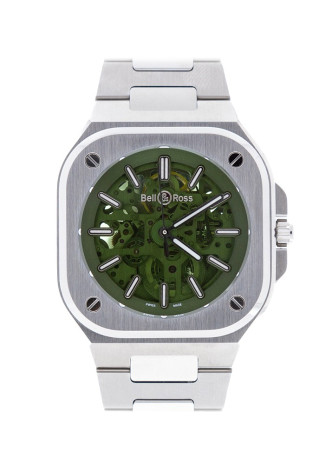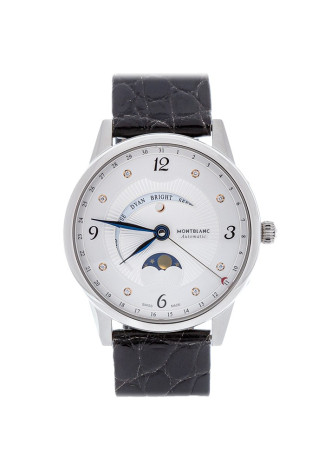An automatic watch, often referred to as a self-winding timepiece, operates through the natural movement of the wearer, harnessing kinetic energy to keep the watch running. With each movement—be it walking, running, or simply daily activities—the watch's mainspring is automatically wound, ensuring a continuous power supply. This mechanism eliminates the need for manual winding if the watch is worn consistently, as the stored energy from the mainspring sustains the watch movement throughout the day.

In contrast, a manual watch, a subset of mechanical watches, requires manual winding via the crown positioned on the watch's side. However, contemporary advancements have largely shifted the landscape, rendering most mechanical watches self-winding in nature. This innovation has significantly reduced the necessity for manual intervention, as the automatic movement capitalizes on the wearer's everyday motions to keep the watch perpetually charged, eliminating the need for frequent winding rituals.

The allure of an automatic watch lies in its ability to seamlessly integrate into daily life, operating autonomously through the wearer's movements. This self-sufficiency ensures that the watch remains powered and accurate, reflecting the marriage of traditional craftsmanship with modern convenience. While manual watches require a more hands-on approach, the evolution toward self-winding mechanisms symbolizes a harmonious blend of tradition and innovation in horology.






